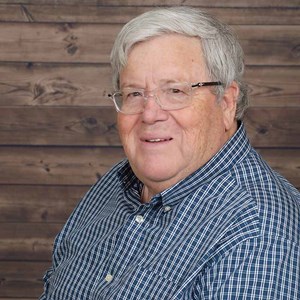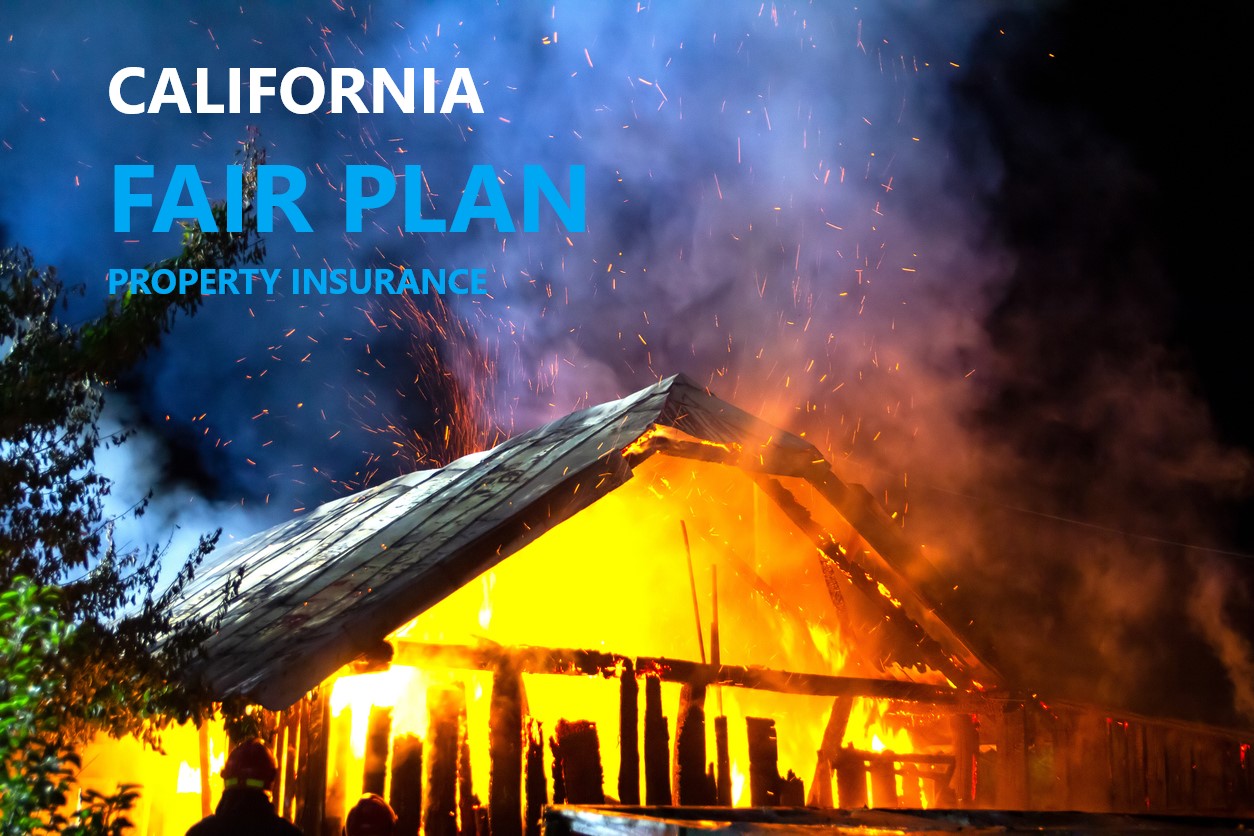This week is Lightning Safety Awareness Week (June 22nd through June 28th). If you did not already know, the National Weather Service has dedicated a website specifically for lightning safety awareness.1 They even have a Lightning Safety Toolkit for Golf Courses.2 Growing up as a junior golfer in Florida, (specifically in the Tampa Bay area, known as the lightning capital of the U.S.), I have always been very aware and respectful of the dangers of lightning. There have been numerous times when I have been on a golf course and heard the loud siren requiring all golfers to immediately seek shelter and discontinue play. Since it is that time of year when lightning damage is most prevalent, this led me to search insurance cases involving lightning damage to a golf course.
Most of the cases I found involve some sort of personal injury to a golfer resulting from lightning, however I did locate a case involving property damage.
In Soundview Associates v. New Hampshire Insurance Company,3 the insured which owned and operated a golf course in Baiting Hollow, New York, sought coverage under its commercial general liability policy for a loss caused by lightning damage to the underground sprinkler system at the golf course. The pumps that pumped water through the golf course’s underground sprinkler system were damaged by lightning, and sand and silt entered the sprinkler system, rendering it inoperable. As you may expect, without a working sprinkler system, the golf course sustained damage to its tees, fairways, and greens. The insurance company denied the owner’s claim for the damage to the underground sprinkler system and to the tees, fairways, and greens. The court described how the policy provided that covered property did not include land and underground pipes:4
The declarations pages of the insurance policy in this case clearly indicate that only certain buildings and their contents were covered by the policy. In addition, the form number for the endorsement covering tees, fairways, and greens is missing from the space provided for the listing of endorsements. Moreover, the policy defines “Covered Property,” in part, as “building[s], meaning the building[s] or structure[s] described in the Declarations.” Elsewhere, the policy states, “Covered Property does not include: * * * Land (including land on which the property is located), water, growing crops or lawns [and u]nderground pipes, flues or drains.”
The Supreme Court, Appellate Division, held that the policy provided that it did not cover the underground portions of the sprinkler system or tees, fairways, and greens damaged due to the inoperable sprinkler system. This case is a good lesson to golf course owners to be aware of the definition of “covered property” in your policy to make sure you are adequately protected in the event of lightning damage. On a final note:
1 http://www.lightningsafety.noaa.gov
2 http://www.lightningsafety.noaa.gov/toolkits/toolkit_golf.doc
3 Soundview Associates v. New Hampshire Ins. Co., 215 A.D.2d 370, 625 N.Y.S.2d 659 (1995).
4 Id. at 660-661.




